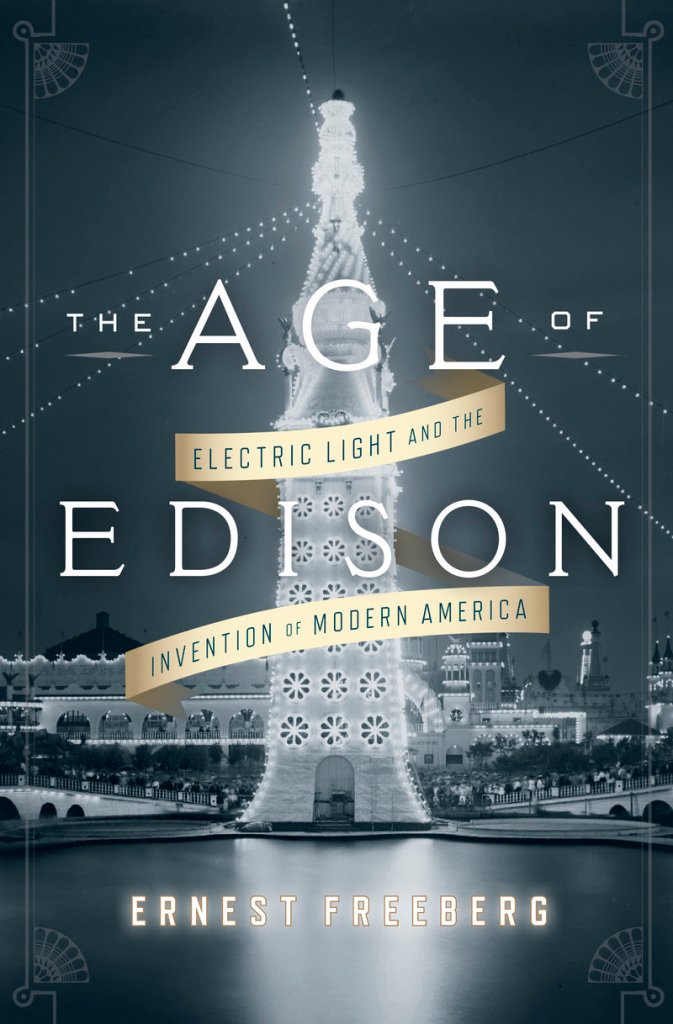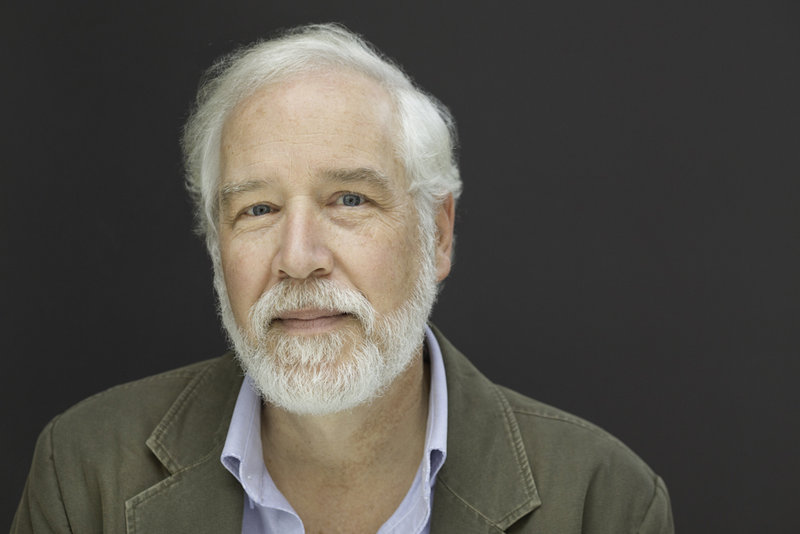The development of the electric light didn’t just expand the worlds of work and play. It helped create a culture of invention that is still with us today.
That’s one of the key points in a new book by Ernest Freeberg, “The Age of Edison: Electric Light and the Invention of Modern America” (Penguin Press, $27.95).
The book details how electric light changed society drastically beginning in the 1870s and 1880s, allowing for the beginnings of the 24/7 culture we have today.
But Freeberg also details how the development of the electric light — and all the uses for electricity that followed — were really the work of many, many people. Even though we like to credit Thomas Edison solely for the sake of folklore.
Freeberg, a professor of humanities in the history department at the University of Tennessee, was a radio reporter at the Maine Public Broadcasting Network in the 1980s. He’ll be speaking about his book at 7 p.m. Thursday at the Maine Historical Society.
His talk is scheduled in conjunction with the MHS museum’s current exhibit, “Wired! How Electricity Came to Maine.”
Q: How did electric light lead to the “invention of modern America,” as it says in your book’s title?
A: I think it profoundly affected both the way we work and play. It extended and intensified the work day, and made possible the 24/7 transportation economy that we assume now as a foundation of productivity. But it raised some troubling questions about whether work would ever end. Some people argued God had created night so people could stop working.
It also provided for a much more lively nightlife. What we think of as fun today — amusement parks, theaters — involve electric light.
But I also wanted to show in the book that Edison was just one of many, and that this was the beginning of a culture of perpetual invention. We became a nation of inventors, and that was our great democratic gift to the world.
Q: Why was electric light such a drastic change for people?
A: It was revolutionary compared to gas light and kerosene and whale oil. It made light much more abundant, was much safer and more flexible. It allowed people to do so much more with it.
All the lighting technologies before that had involved some open flame. (Gas) was a nasty technology, and dangerous.
What Edison and others did was take a very sophisticated technology (electric light) and made it so all people had to do was flip a switch. And that made people want to see what the next cool thing (powered by electricity) would be.
Q: Did the big gas companies fight the development of electric light?
A: Absolutely. It took a while for electric to win. Gas companies delivered a better product for a while, and electric light was still more expensive. It wasn’t until the 1930s that a majority of urban homes had electric light.
Q: Can we see a direct connection between electric light and the inventions of today?
A: One thing that is clear is that when Edison was selling the light, he told people that if they got the wire in their homes, all sorts of electrical devices would follow.
But people wouldn’t have done all that — built the grid and made huge investments in power systems — just to plug in a toaster.
We tend to take very complicated processes that lead to new technology, and we want to embody them in one person, like Edison for the light bulb or Steve Jobs or Bill Gates for computers. We miss the fact that it’s become a culture of invention.
Edison was seen as this genius on high, but he was a folksy, everyday person, and he embodied the possibilities that emerged in the 19th century.
There was broad public education, mass market science magazines and a patent system that rewarded small improvements on existing machines. So you had a lot of people contributing to all these inventions.
Q: The publicity for the book talks about the “active role” everyday people played in the invention of electric light. In what ways?
A: I thought it was interesting how quickly people adapted it to things, like surgery. Before that, doctors used flames and mirrors to see people’s insides, but now they could have special instruments made.
Photography changed drastically. Photo studios had been located on roofs of buildings, and they had to close on cloudy days.
Then there were retailers. The bigger retailers figured ways to use light to make the shopping experience feel like fun, and to make products more alluring, to keep shoddy products in the dark.
Staff Writer Ray Routhier can be contacted at 791-6454 or at:
rrouthier@pressherald.com
Send questions/comments to the editors.




